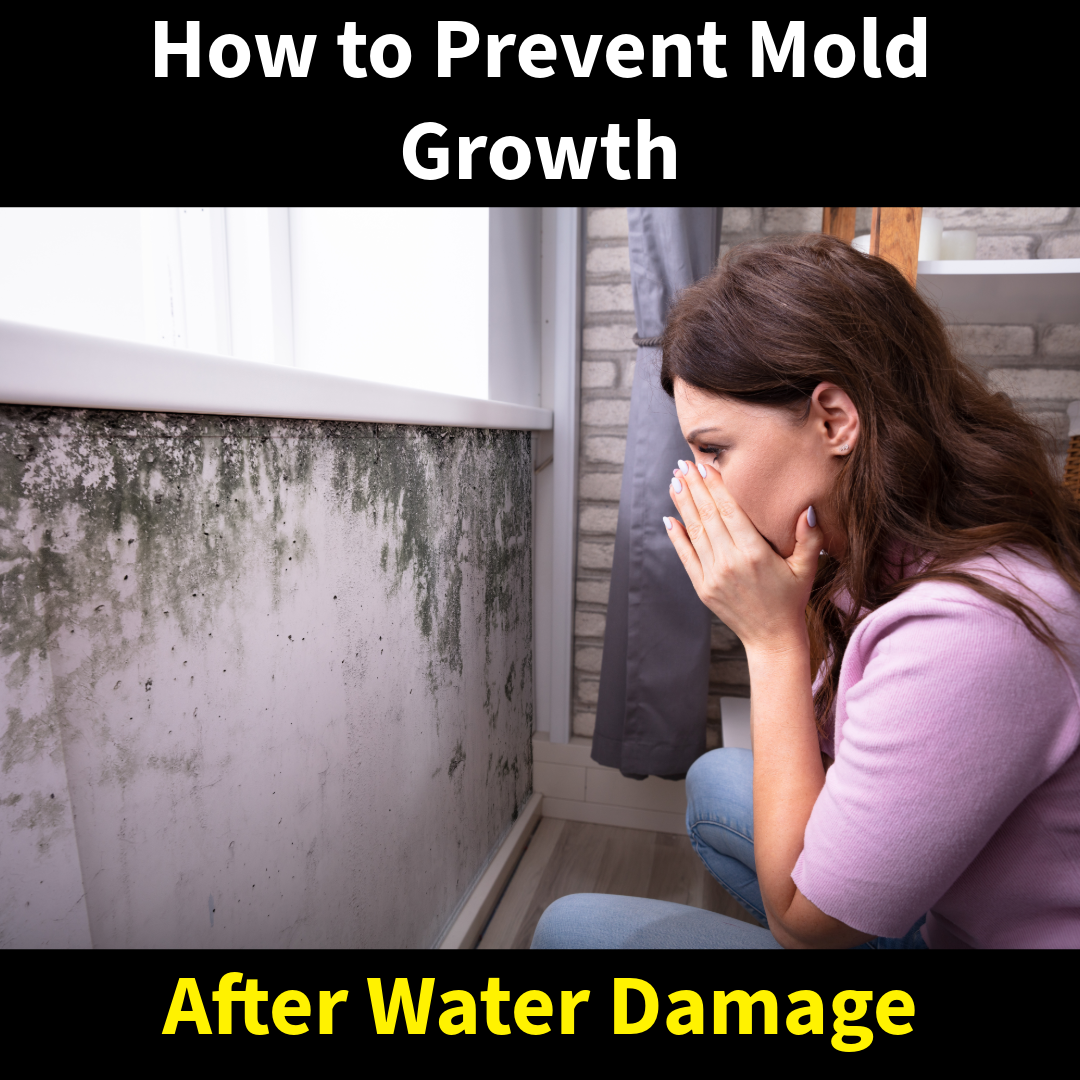Winter brings challenges for homeowners, and frozen pipes are among the most common culprits behind water damage during the colder months. Here, we’ll explore why pipes freeze, how to prevent it, and what to do if disaster strikes.
Why Do Pipes Freeze?
When temperatures drop, the water inside pipes can freeze and expand, increasing pressure and potentially causing the pipes to burst. Vulnerable areas include uninsulated spaces like basements, attics, and exterior walls.
How to Prevent Frozen Pipes
- Insulate Your Pipes: Wrap pipes in unheated areas with foam insulation to retain warmth.
- Keep the Heat On: Maintain consistent heating throughout your home, even when you’re away.
- Let Faucets Drip: A slow drip keeps water moving, reducing the chance of freezing.
- Seal Gaps: Close gaps around windows, doors, and pipes that allow cold air to seep inside.
Recognizing Frozen Pipes
Common signs include:
- No water or reduced water flow.
- Frost on exposed pipes.
- Unusual noises when turning on faucets.
What to Do If a Pipe Freezes
- Turn Off the Water: Locate and shut off the main water supply to minimize potential flooding.
- Thaw the Pipe Safely: Use a hairdryer or heat tape—never an open flame—to warm the pipe gradually.
- Call a Professional: If you’re unsure how to proceed or suspect a burst pipe, seek professional help immediately.
Addressing Burst Pipes and Water Damage
When a pipe bursts, immediate action is crucial to mitigate water damage:
- Remove Standing Water: Mop or use a wet/dry vacuum to prevent further damage.
- Dry Affected Areas: Use fans and dehumidifiers to reduce moisture and prevent mold growth.
- Contact Water Damage Specialists: Professionals can ensure thorough drying, structural repairs, and mold prevention.
Why Professional Water Damage Restoration Matters
Quick and professional restoration prevents long-term damage like warped flooring, weakened foundations, and mold infestations. That’s where our team at MSI comes in. Our expert team provides comprehensive water damage restoration services, from water extraction and drying to mold prevention and dehumidification. We’re committed to restoring your home quickly and safely, so you can have peace of mind this winter.
Winter doesn’t have to spell disaster for your home. By taking preventative measures and knowing how to respond when pipes freeze or burst, you can safeguard your property against water damage.

